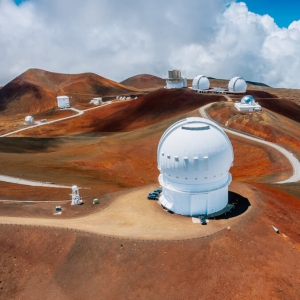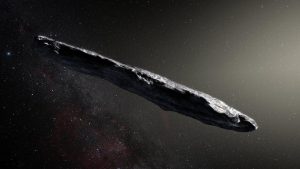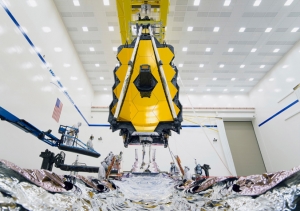University of Hawaiʻi Institute for Astronomy (IfA) Director Doug Simons explained how Hawaiʻi is the world leader in astronomy, and UH’s role in that 50-year legacy, in a February 3 virtual presentation to the UH Board of Regents research and innovation committee. Simons also shared his personal story—how he first became fascinated by astronomy and how it brought him to Hawaiʻi more than three decades ago.

World-renowned astronomy research in Hawaiʻi is conducted on Maunakea, Hawaiʻi and Haleakalā, Maui. Maunakea, on UH-managed lands, is the most prolific astronomy complex in the world in total science impact (number of peer review scientific papers multiplied by their citations), according to Simons, and even outperforms the Hubble Telescope.
The University of Hawaiʻi Economic Research Organization (UHERO) just reported that the economic impact of astronomy in Hawaiʻi in 2019 was $221 million.
Simon stressed that astronomyʻs impact on Hawaiʻi goes far beyond scientific discoveries and the revenue that it generates.
Education and outreach

Simons highlighted the Hawaiian language-based program, A Hua He Inoa operated out of the ʻImiloa Astronomy Center at UH Hilo. Hawaiian-speaking students and educators work with language experts and Hawaiʻi-based astronomers to create names in ʻōlelo Hawaiʻi (Hawaiian language) for astronomical discoveries made in Hawaiʻi. The collaborative program is behind more than a handful of celestial Hawaiʻi discoveries that captured world-wide attention, including mysterious interstellar object ʻOumuamua and Pōwehi, the world’s very first image of a black hole.
“I’m convinced that there is a real thirst for this type of discovery and it’s highly amplified by the synergy, if you will, with the A Hua He Inoa program providing these Hawaiian names,” Simons explained. “For me, it’s kind of like Maunakea having a global voice and that voice is Hawaiian. Very much as it should be.”
Also, since 2015, IfA students have helped mentor more than 500 public Hawaiʻi high school students under astronomy education program, Maunakea Scholars, a collaborative endeavor Simons helped establish when he was the director of the Canada-France-Hawaiʻi Telescope. The program enables local teens to apply for observing time across the Maunakea Observatories for their own independent research proposals.
Intergalactic collaboration
Part of the presentation also spotlighted Hawaiʻi astronomy’s world-class capabilities and how it has led to innovative research interconnection with billion-dollar spaced- based satellites such as NASA’s Transiting Exoplanet Survey Satellite or TESS (an all-sky survey mission equipped to discover exoplanets in orbit) and the historic James Webb Space Telescope (JWST) recently launched in December 2021.

According to Simons, near-infrared sensors (HAWAII–2RGs) developed and tested at IfA and on Maunakea will enable the JWST to gaze deeper into space than ever before. In the next 12–24 months, telescopes on Maunakea will play an integral role in follow-up observations captured by JWST as it starts its search for potential signs of life on other planets.
Simons likens astronomical observations of our generation to the early discoveries of Polynesia.
“They were, of course, masters of exploring the ocean in search of islands and sort of the analogy for me is, our medium has changed from ocean to space itself and our islands have now turned into planets,” he explained.
This work is an example of UH Mānoa’s goal of Enhancing Student Success (PDF) and Excellence in Research: Advancing the Research and Creative Work Enterprise (PDF), two of four goals identified in the 2015–25 Strategic Plan (PDF), updated in December 2020.

